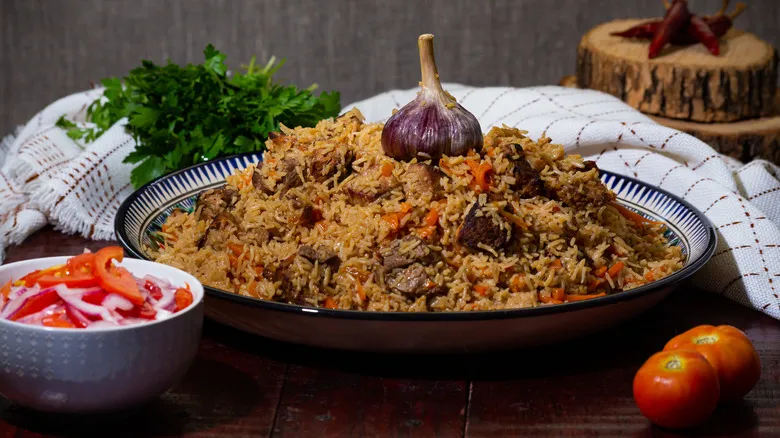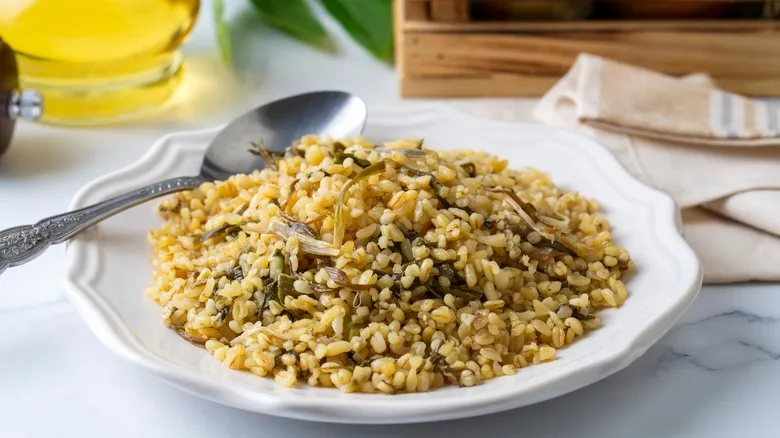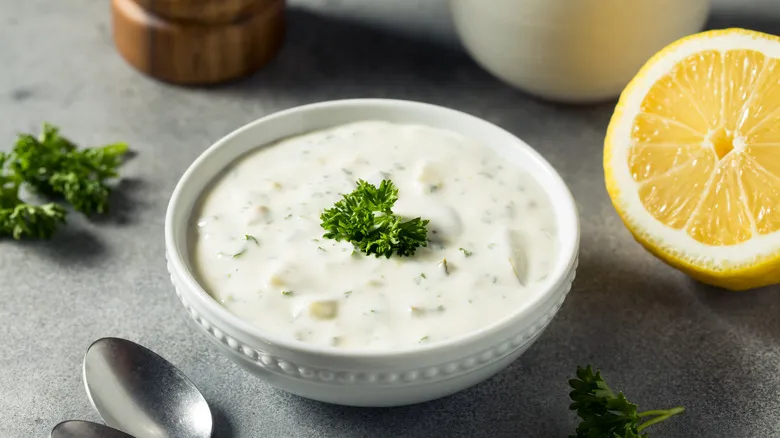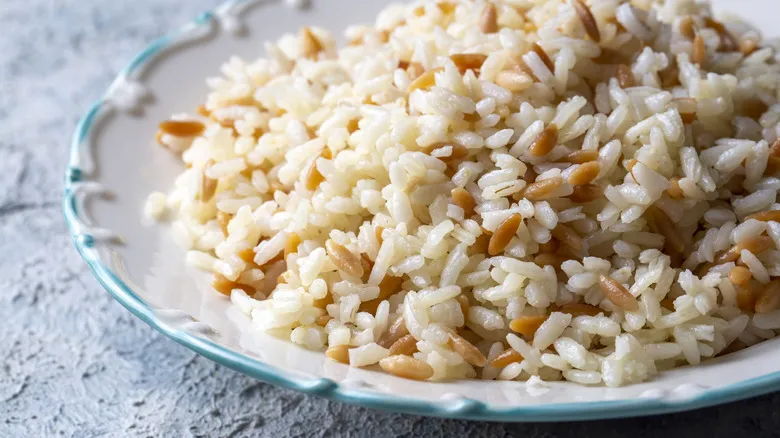The history of rice pilaf

Pilaf has its roots in Persian cuisine, with origins tracing back to at least the 10th century. The earliest known recipe for pilaf was documented by Ibn S?n?, also recognized as Avicenna. Renowned as one of the leading philosophers and scientists in Islamic history, he is often regarded as the father of rice pilaf. The dish gradually made its way beyond Persia, first reaching India during the Middle Ages when the region was under Muslim governance.
The etymology of the name "rice pilaf" is complex, as different languages have their own terms for it. In Iran, it is referred to as "polo." In Central Asia, it is known as palov or plov, the latter being Uzbekistan's national dish. In India, it is called "pulao" or "palao," while in the Caribbean, it is known as "pelau." The term "pilaf" likely derives from the Turkish "pilav." In American English, it is specifically referred to as "pilaf," whereas British English uses "pilau." Some theories suggest that the Sanskrit word "pulaka," which comes from a verb meaning "to stand on end," may be the original source, possibly reflecting the way the rice grains are kept distinct.
Just as each region has its own name for pilaf, they also incorporate unique ingredients. Mediterranean versions often feature generous amounts of olive oil, Indian adaptations frequently include lamb and nuts, and the Persian style sometimes boasts a layer of crispy rice at the bottom known as tahdig. While uncommon, there are even variations that do not include rice.
There are a few pilaf variants that don't use rice

Pilaf typically refers to a dish centered around rice, but in some rare cases, it can denote a dish made with a different grain, prepared in the same manner as rice pilaf. This involves cooking the grain in broth and spices, then incorporating various proteins, fresh vegetables, fruits, and nuts to enhance the dish. Lentils and orzo are examples of alternatives, with orzo being familiar to many Americans as an ingredient in the boxed pilaf brand Rice-A-Roni, which draws inspiration from an Armenian version of the dish (though that version also includes rice).
One of the most well-known variations that doesn't use rice is bulgur pilaf. Bulgur consists of whole wheat grains that are cracked, parboiled, and dried, allowing them to be cooked similarly to rice. It is a staple in Middle Eastern and Mediterranean cuisines, most famously featured in tabbouleh, a type of chopped salad. Naturally, bulgur pilaf also originates from this region and is a favored variation in Mediterranean and Middle Eastern countries like Turkey and Lebanon, typically made with the same ingredients as traditional rice pilaf.
Recommended

Georgia Doesn't Actually Produce The Most Peaches In The US

Watergate Salad Has Nothing To Do With The Scandal, So Why Is It Called That?

Sparkling Water Is Older Than The United States Of America

Did The Tartars Invent Tartar Sauce?
Next up

